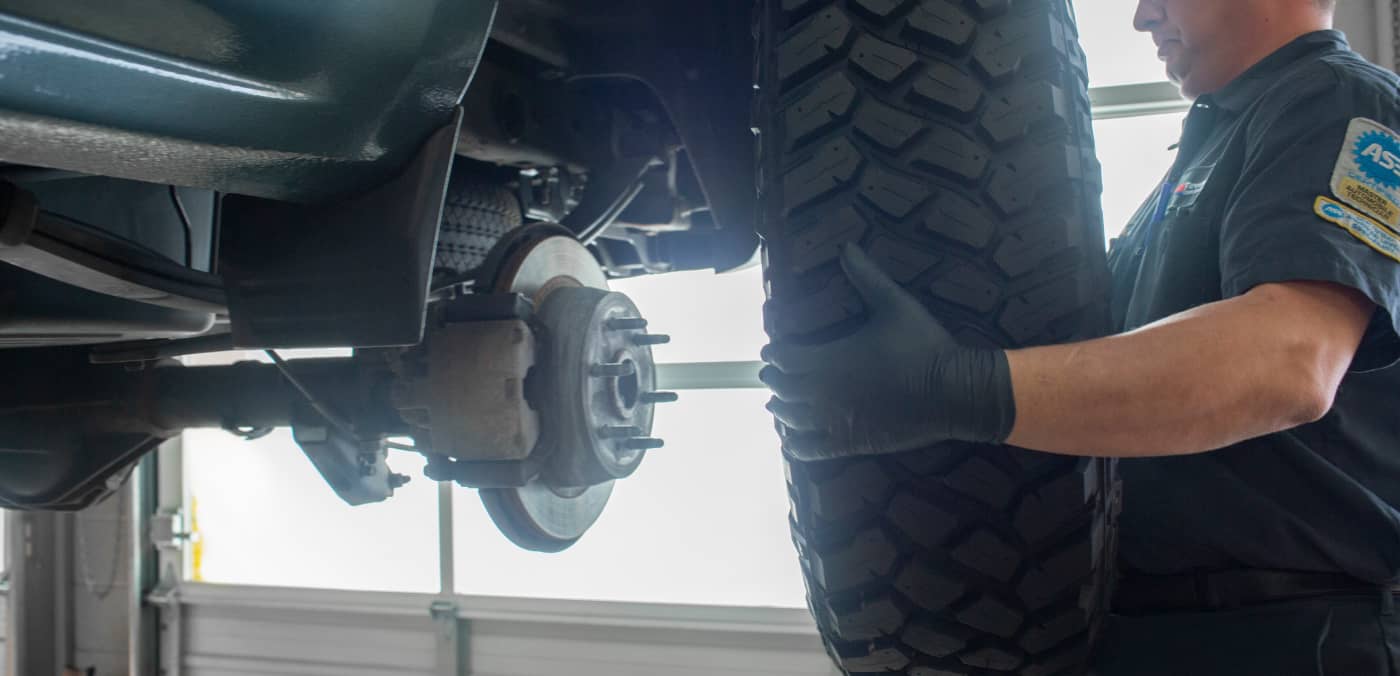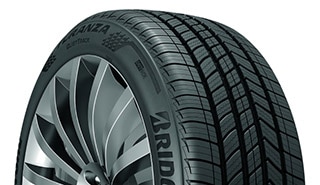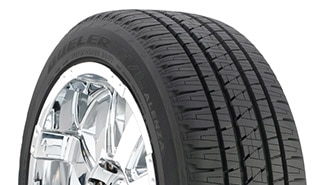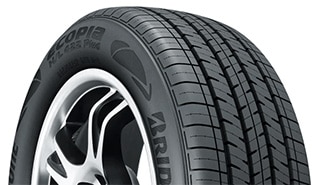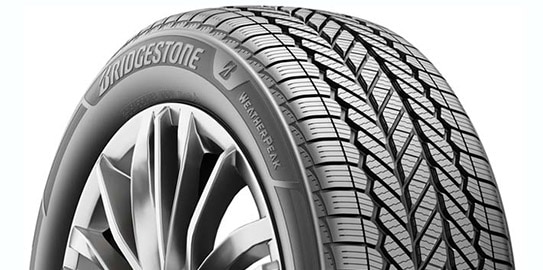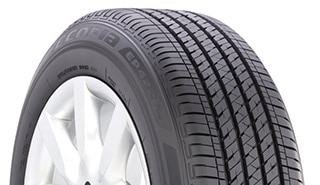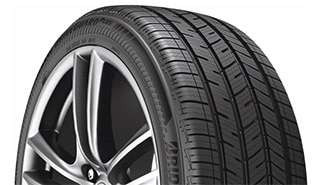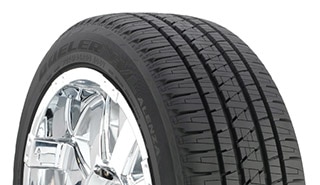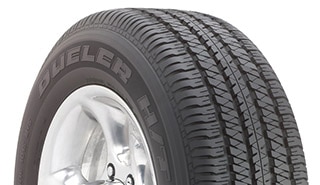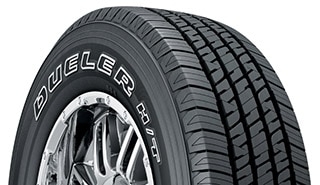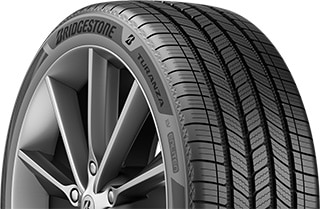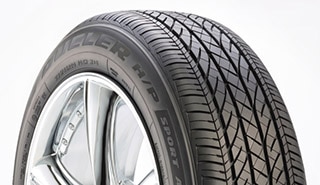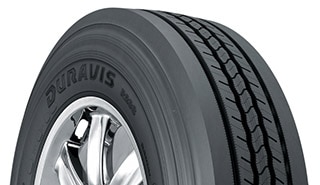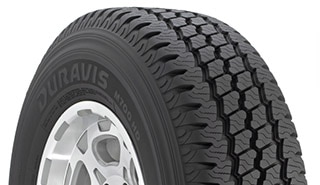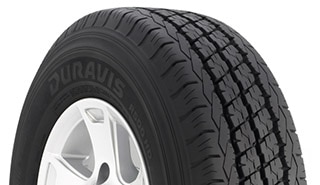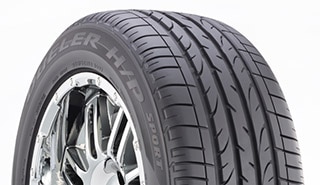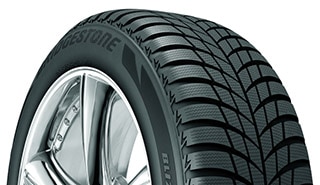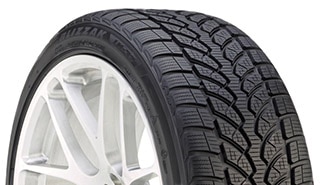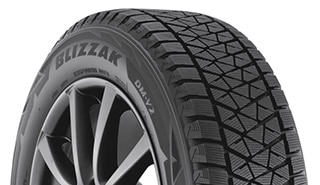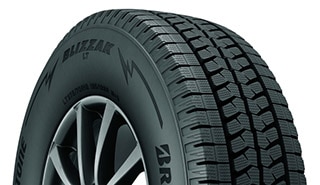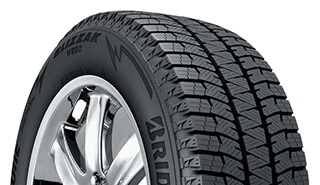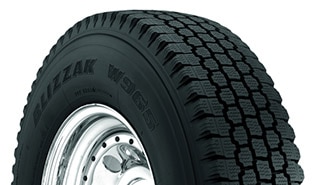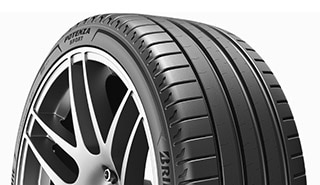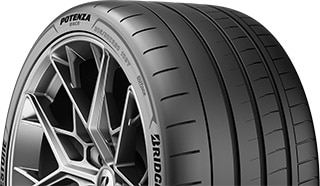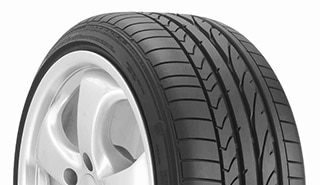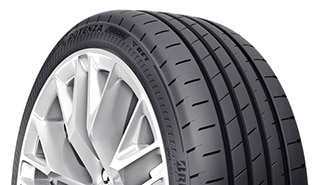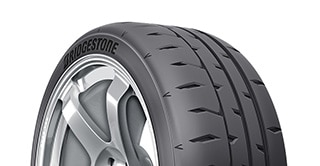Installing the right tires on your vehicle is essential to the overall performance and safety of your vehicle. Your tire choice should reflect the conditions in which you drive and your preferences for vehicle response and handling. To make the most informed decision, though, you must understand how to read tire size when it's time to buy tires.
Thankfully, determining the correct tire size for your vehicle is relatively simple. All the information you need is immediately available either in your owner's manual or somewhere on the vehicle itself. Already know how to read tire size numbers? Skip the explanation and find the right Bridgestone tire for your vehicle online or by visiting a Bridgestone tire dealer near you.
While actual, physical measurements like width and diameter are factors in finding the right tire size, there are additional details to consider. Knowing how to read car tire sizes also means understanding terms like load index and speed rating that affect your vehicle's overall capabilities.
WHERE TO FIND A CAR TIRE SIZE
No matter what vehicle you drive, finding the manufacturer-recommended tire size should be easy. The best place to start looking is the owner's manual.
Don't worry if you can't locate the manual; you may also find a tire fit guide in these locations:
- The driver's side door jamb
- Inside your glove box door
- Within your gas tank hatch
You can also find tire size data on the sidewall of your current tires (assuming they're the proper size). However, no matter where you find your tire size, you will have to decipher a sequence of numbers and letters. Don't worry if it looks confusing at first — every letter and number has a straightforward meaning. Let's break down how to read car tire size.
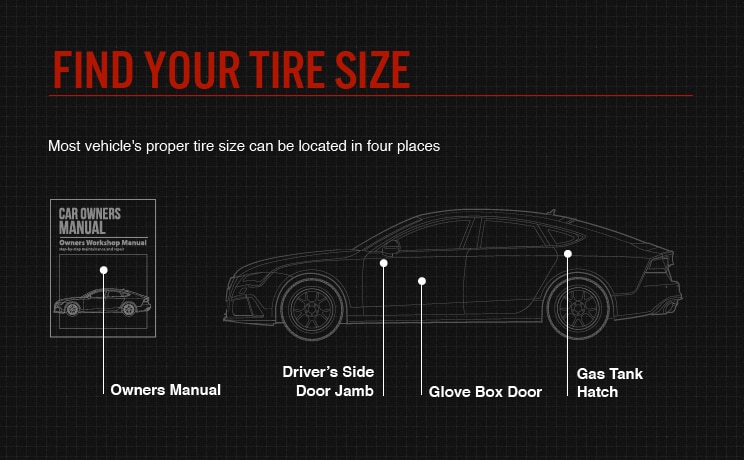
HOW TO READ TIRE SIZE
Let's take a look at what each number or letter stands for, one by one, in the order they appear in your tire size data. We'll be using this tire size as an example: P225/70R16 91S.
THE LETTERS "P" AND "LT"
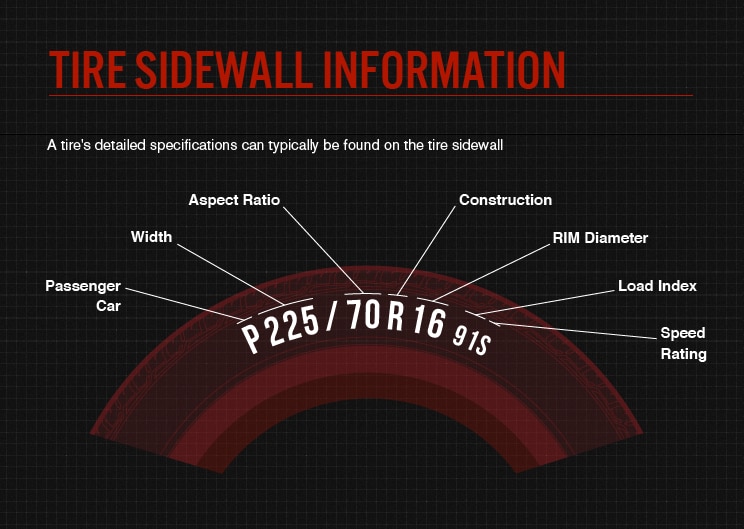
For most vehicles, you'll see the letter "P" before the number sequence begins: P225/70R16 91S. The "P" is short for "P-metric," which is a designation by the Tire and Rim Association for a "passenger car" tire type. A "P" signifies the tire was designed to primarily be used on passenger vehicles, which can include cars, minivans, SUV's and other light-duty pickup trucks.
If you see "LT" instead of "P," it's because you need "light truck" tires – "LT" is short for "LT-metric," which is a designation by the Tire and Rim Association for a "light truck" type tire. Light truck tires are designed to be used on vehicles capable of carrying heavy cargo or pulling trailers.
Similarly, "T" stands for "temporary" and is for your spare tire. If you see "ST," that means "special trailer." A special trailer tire is never installed on the drive or steer wheels. It's only intended for use on trailer axles.
WIDTH
The first number to appear in your tire size information is the width, in millimeters, of the correct tires for your vehicle: P225/70R16 91S.
Tire width always refers to the measurement from one sidewall to another. Thus, a tire with the measurement "P225" is for a passenger vehicle and has a nominal width of 225 millimeters.
ASPECT RATIO
After the slash mark, the next number you see is for the tire's aspect ratio, which essentially tells you how tall your tire's profile is: P225/70R16 91S. Aspect ratios are delivered in percentages. Tire makers calculate the aspect ratio by dividing a tire's sidewall height by its width. If a tire has an aspect ratio of 70, it means the tire's height is 70% of its width.
Lower aspect ratio tires, such as a 60 series, generally offer vehicle handling performance advantages over higher aspect ratio tires, such as a 75 series.
CONSTRUCTION
After the aspect ratio comes a letter to indicate the tire's construction: P225/70R16 91S. "R" refers to the internal structure of your tire and gives you a general idea of its stability.
There are two types of construction that you may see on the sidewall of a tire
- R - Radial
- D - Diagonal or Bias Ply
"Bias-ply" tires were used on automobiles and light trucks until the '70s," reports the classic car site, Hemmings. But radial tires represent the vast majority of tires on the road in the United States today. In fact, you will almost always see the letter "R" on tires as radial tires have been the industry standard for over 40 years. Radial construction means the tire's internal ply cords are oriented in a radial direction (at 90 degrees to the centerline of the tread).
RIM DIAMETER
The next number is the wheel’s diameter. For example, a tire with the P225/70R16 91S would fit a rim with a 16-inch diameter.
Take note: if you decide to change your rims' size, you will also need to get new tires that are compatible with the change in size. Tires designed to fit a 16-inch wheel diameter will not stretch to fit on new 18-inch rims.
View Other Common Diameter Sizes:
LOAD INDEX
The next figure needed to read tire size numbers is your tire's load index. The load index tells us how much weight, in pounds, the tire can support when fully inflated: P225/70R16 91S.
It is called the load "index" because the figure doesn't tell us the precise number of pounds the tire can support, at least not by itself. Instead, the number corresponds to a specific load capacity listed in an index. Beginning with one and ending with 150, numbers in the load index represent carrying capacities of 99 to 7385 lbs.
Additionally, you may not find this number present on all tires. This is because the load index is not required by law to be printed on tires. If there is no load index measurement on your tires, check the owner's manual or contact your local Bridgestone tire dealer for more information.
SPEED RATING
The final figure in a tire size sequence is the speed rating indicated by a letter: P225/70R16 91S. Just as your load index number corresponds to a particular load, your speed rating letter corresponds to a specific speed capability based on a standardized laboratory test.
For example, a tire with a speed rating "S" is rated for up to 112 mph, while a tire rated "R" is up to 106 mph. Remember that this isn't a recommended cruising speed, but rather the maximum speed that tire type can withstand. Of course, you should always follow legal speed limits on roadways.
Here are the most common letters for speed ratings and their corresponding maximum speeds:
- Q: 99 mph
- R: 106 mph
- S: 112 mph
- T: 118 mph
- U: 124 mph
- H: 130 mph
- V: 149 mph
- W: 168 mph
- Y: 186 mph
- ZR: 186+ mph
Tires with higher speed ratings tend to offer increased handling performance. Replacement tires must have the same or higher speed rating to maintain vehicle speed capability. If a vehicle has tires with different speed ratings, the speed rating of the "slowest" tire dictates the vehicle's top speed.
Like the load index, the speed rating is not required by law to be listed on all tires. If your tires do not have the speed rating listed, your owner's manual will have the relevant information for your model's stock tire type.
SEVERE SNOW CONDITIONS
You may find "M+S" or "M/S" after the main tire size sequence on some tires. This indicates that the tire has some capacity to handle snow and mud conditions. This indication is common on most radial or "R" type tires.
USDOT TIRE IDENTIFICATION NUMBER
You may notice another set of letters and numbers on your tire's sidewall beginning with "DOT." This is not an indication of tire size, but rather that the tire complies with Federal Motor Vehicle Safety Standards. The "DOT" stands for Department of Transportation and is followed by the tire identification number.
The first two letters or numbers after DOT refer to the manufacturing plant where the tire was produced and the last four numbers indicate the week and year the tire was made. The numbers 4318, for instance, indicate that the tire was manufactured during the 43rd week of 2018.
CAN I PUT LARGER TIRES ON MY CAR?
While it's certainly possible to upgrade your tires' size, it's usually best to stick to your manufacturer-recommended tire size for optimal performance. Increasing the size of your tires may give your car more ground clearance, but it may also affect handling, drivetrain performance and fuel economy. Keep in mind the changes to key figures mentioned above, such as load index and speed rating, and how they may affect your vehicle's capabilities if you decide to increase tire size.
SHOP TIRES BY SIZE
Once you know how to read the numbers on tires, you can explore tires by size and narrow down your tire options quickly. Compare tire sizes online or visit a Bridgestone tire dealer near you for help.



